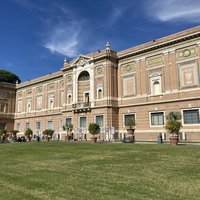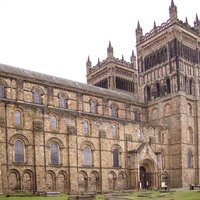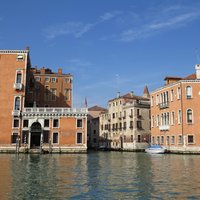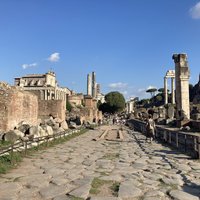Connected Sites
-
-
"One of the most highly-recognized Victorian Cosmatesque pavements is that of Durham Cathedral." (see link for source)
See beyondborders-medievalblog.blogspot.com
-
-
Among the churches decorated in cosmatesque style in Rome, the most noteworthy are Santa Maria in Trastevere, St. John Lateran, San Lorenzo fuori le Mura, San Saba, San Paolo fuori le Mura, Santa Maria in Aracoeli, Santa Maria in Cosmedin, Santa Maria Maggiore, San Crisogono,[10] San Clemente, Santa Prassede, Santa Croce in Gerusalemme, (wiki)
See en.wikipedia.org
-
the high altar of Westminster Abbey.. is decorated with a Cosmatesque marble floor (wiki)
See en.wikipedia.org
-
"an apparently 12th-century Crusader-period vertical high altar panel in what has been described as Cosmatesque style was rediscovered in the Church of the Holy Sepulchre in Jerusalem" (wiki)
See en.wikipedia.org
-







